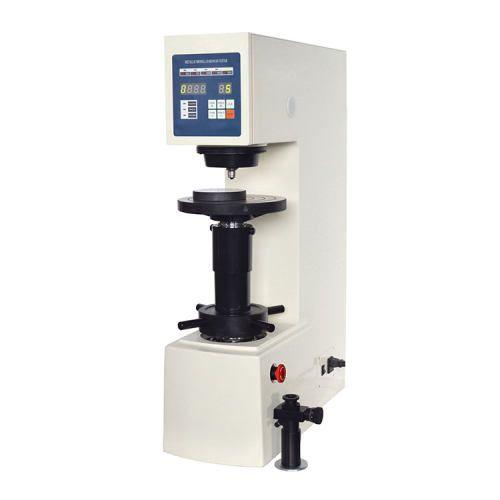What Is a Brinell Hardness Tester and What Does It Do?

A Brinell Hardness Tester is a workhorse in the world of material testing, specifically designed to measure the hardness of various materials. Here's a breakdown of its function:
How it Works
l Indentation: The tester presses a hardened steel ball (the indenter) into the surface of the material under a precisely controlled load. This creates a permanent indentation.
l Measurement: Once the load is removed, the diameter of the indentation is meticulously measured.
l Calculation: Using the diameter and a formula, the Brinell Hardness Number (HB) is calculated. This number reflects the material's resistance to permanent indentation, essentially its hardness.
Applications
The Brinell test is particularly suitable for testing a wide range of materials, including:
l Metals: Brinell testers are commonly used for testing the hardness of various metals like steel, aluminum, and alloys.
l Castings and Forgings: These materials often have a coarse grain structure that might not be ideal for other hardness testing methods. The Brinell test's larger indentation size is well-suited for such applications.
l Other Materials: In some cases, Brinell testers can be used for testing harder materials like plastics or certain composites, depending on the specific material properties and limitations of the tester.
By understanding the function and capabilities of a Brinell Hardness Tester, you can determine if it's the right tool for your material testing needs. It offers a valuable and versatile approach to assessing the hardness of various materials, particularly in applications where a larger indentation size and straightforward operation are advantageous. You might also want to know How to Maintain a Brinell Hardness Tester for Optimal Performance?
- Art
- Causes
- Crafts
- Dance
- Drinks
- Film
- Fitness
- Food
- Games
- Gardening
- Health
- Home
- Literature
- Music
- Networking
- Other
- Party
- Religion
- Shopping
- Sports
- Theater
- Wellness


